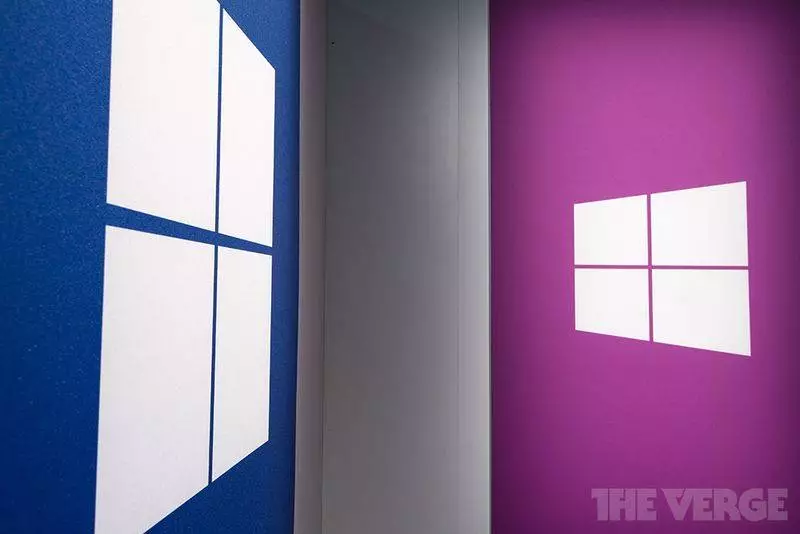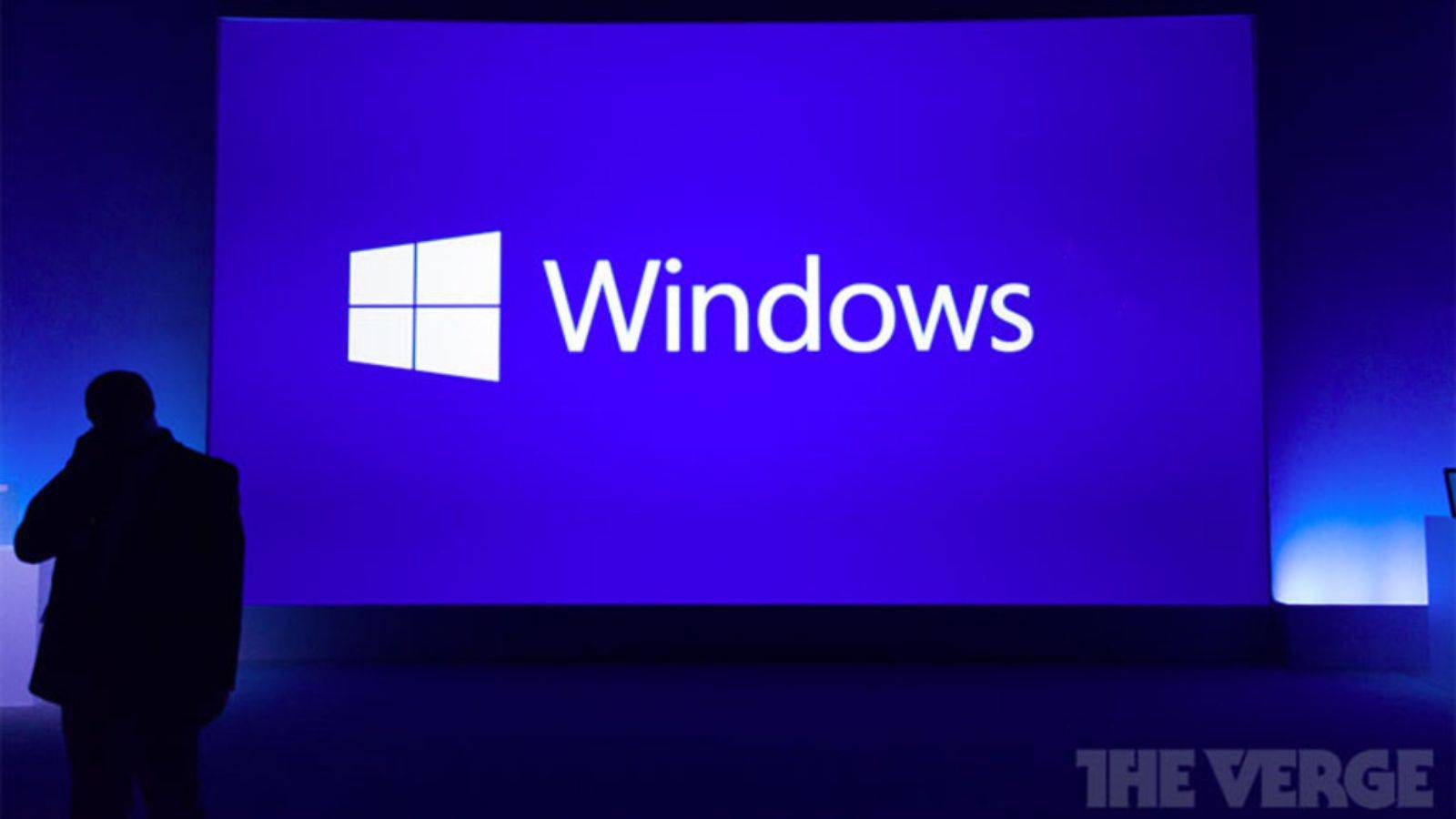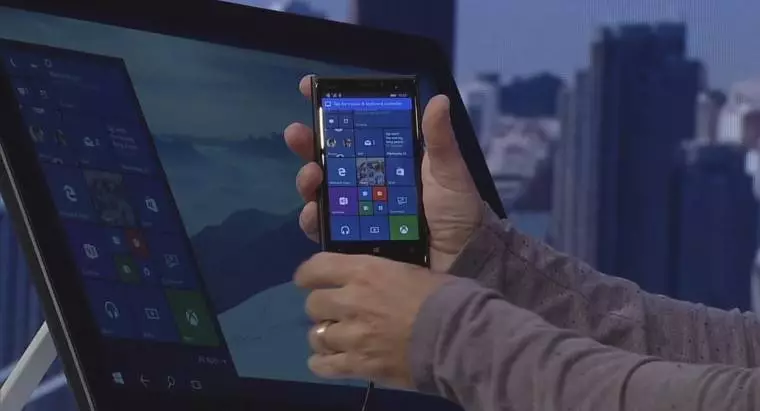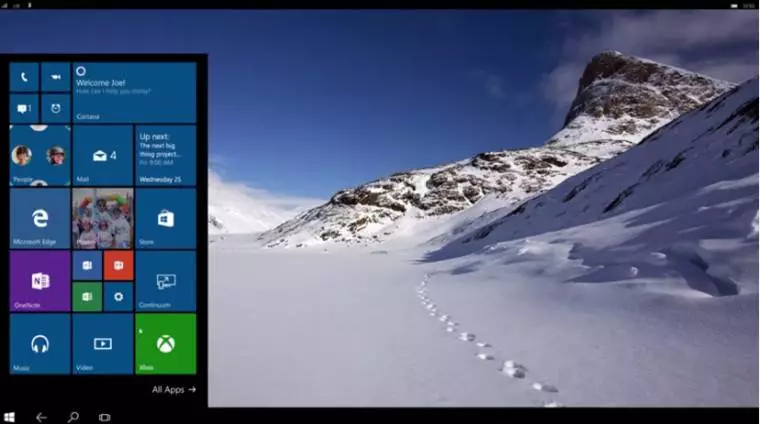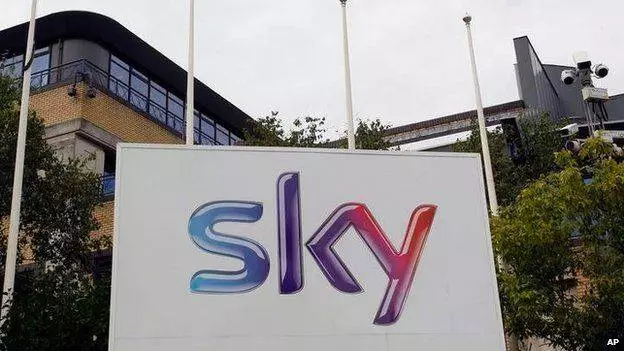Is Windows 10 ready?
Windows 10 is different. While Microsoft aggressively tracked down leaked builds of Windows Vista and Windows 7, the software giant has opened its doors to let anyone test Windows 10 through a process that’s not normally public. It’s a change that has allowed everyone to judge and critique Windows 10 before it’s even ready. We’ve seen the good and the bad, and now we’re about to witness the final result on July 29th. With Microsoft now committing to a Windows 10 release in less than two months, is it really ready?
Windows 10 has progressed well over its relatively short development period. If you compare preview builds from two months ago to today, there are many changes and improvements, but still a lot of bugs. While it’s two months until release date, Microsoft will still complete a process known as release to manufacturing (RTM) later this month. Windows might be switching to a servicing model with regular updates, but there’s still a final point needed for PC makers to start loading their own images to ship devices in time for the back to school period and the holidays. That RTM phase means Microsoft only has a few weeks to get Windows 10 ready before it has to rely on patches and hotfixes that can be distributed automatically to machines once they’re upgraded.
A few weeks doesn’t seem like enough time right now, especially given the current state of Windows 10. The latest build (10130) looks almost finished and polished, but then there are continued issues with the Start Menu not opening or crashing and driver problems that are slightly alarming at this stage of development. Perhaps the biggest issue I have encountered is the upgrade process between builds. Microsoft has been testing this vigorously, as it’s a key part of getting Windows 7 and Windows 8 users to Windows 10 for free. If an upgrade fails then it’s one less machine running the latest operating system. I’ve had a variety of upgrade failures, even with the recent builds that Microsoft has distributed. Please note this is the author’s experience. I haven’t had a problem with any update upto and including 10130. (BJ)
These could all be fairly minor bugs, but they’ve been consistent and present throughout the Windows 10 development period, which suggests there have been some issues that have prevented Microsoft addressing them fully. Fortunately, Microsoft is now in a period of code completion. Additions to the core of Windows 10 will be locked soon, and Microsoft is now focused on improving the built-in apps and crushing bugs. Like any version of Windows, Microsoft has a number of tests and processes to check off before it declares Windows 10 is ready. The overall bug count will have to drop, and the company will decide which bugs can wait for launch day patches and prioritize accordingly.
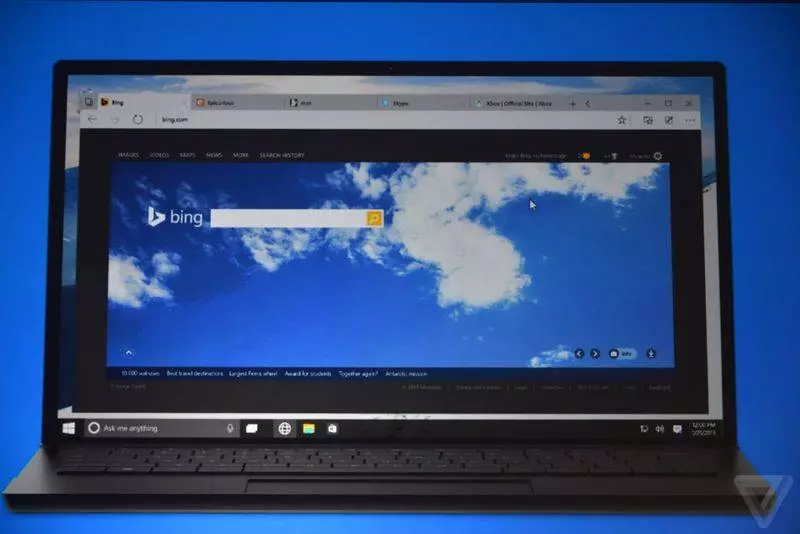
Windows 10 will of course be ready for July 29th, but how complete and stable it will be could vary depending on your hardware and usage. I have some machines that work well, and others that are crashing or the display drivers and audio drivers don’t work correctly. At this stage I would like to be using a release candidate on my machines that feels like the final version of Windows 10, but we’re not quite there yet. Microsoft will start pre-loading the final bits on PCs that have opted in for the Windows 10 upgrade, with patches and updates to follow once it launches on July 29th.
WINDOWS 10 IS GOING TO HAVE A BUNCH OF UPDATES ON DAY ONE
Windows 8 launched with a number of day one patches, and I expect Windows 10 will have plenty. Microsoft has been regularly patching Windows 10 preview builds to address bigger problems, and receive additional feedback to help shape changes. The dedicated feedback app will ship with the final version of Windows 10 so that Microsoft can continue to receive input from users. It’s really Microsoft’s method of using the general public for its own testing. With recent headcount reductions on the testing teams for Windows, public feedback and beta testing has helped Microsoft change the way it’s building Windows.
Microsoft is very close to getting Windows 10 ready, but the Windows team has a lot of sleepless nights ahead throughout June and July to ensure the quality is high across the vast amount of PCs out there. Microsoft can’t afford to make any bad impressions with Windows 10 after the mixed reception to both Vista and Windows 8. Providing the driver issues are cleared up, the company can easily avoid the problems associated with the early days of Windows Vista. Windows 10 is really shaping up to be the next great successor to Windows 7 and Windows XP, and Microsoft wants to ensure everyone upgrades. Windows 10 will never really be ready thanks to continuous new features and updates coming for the rest of the year and beyond. The road could be a little bumpy to start, but it’ll only get smoother and smoother over time.
Source: Is Windows 10 ready? | The Verge
Is Windows 10 ready? Read More »

